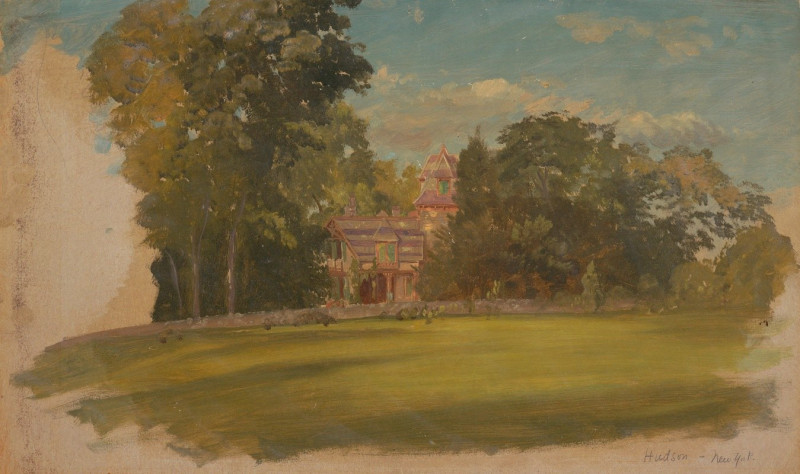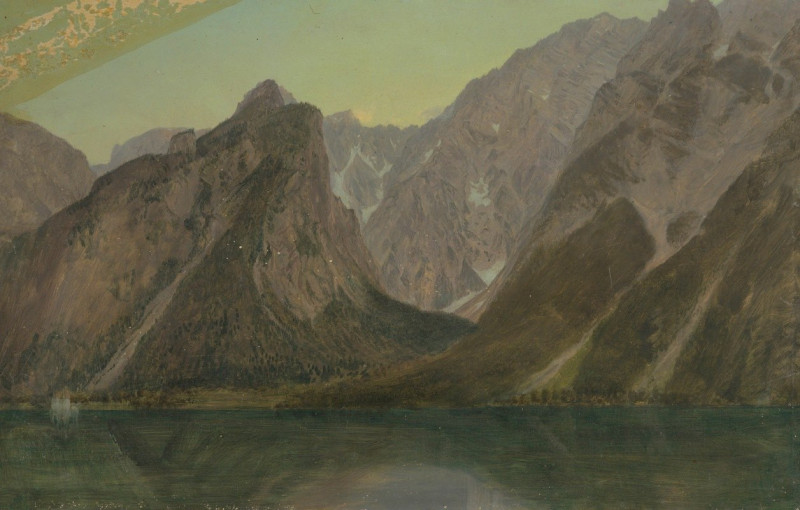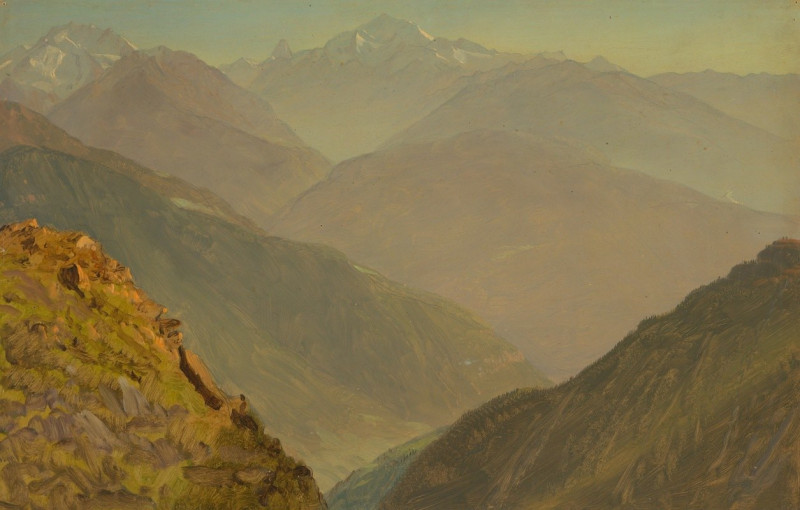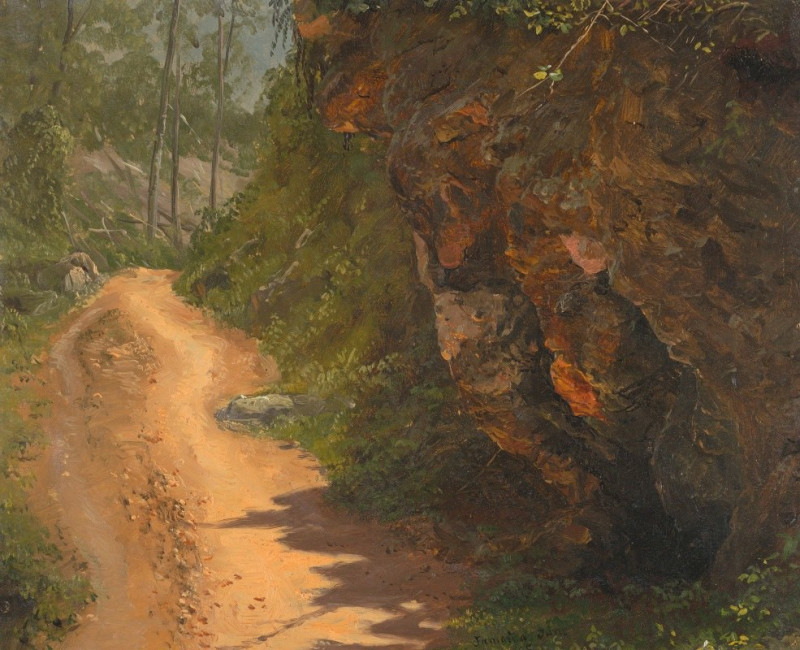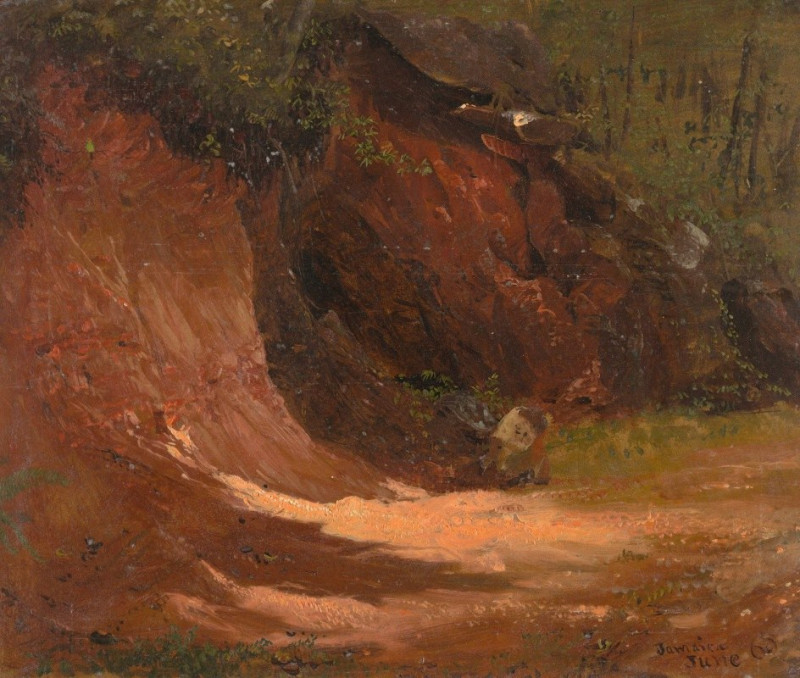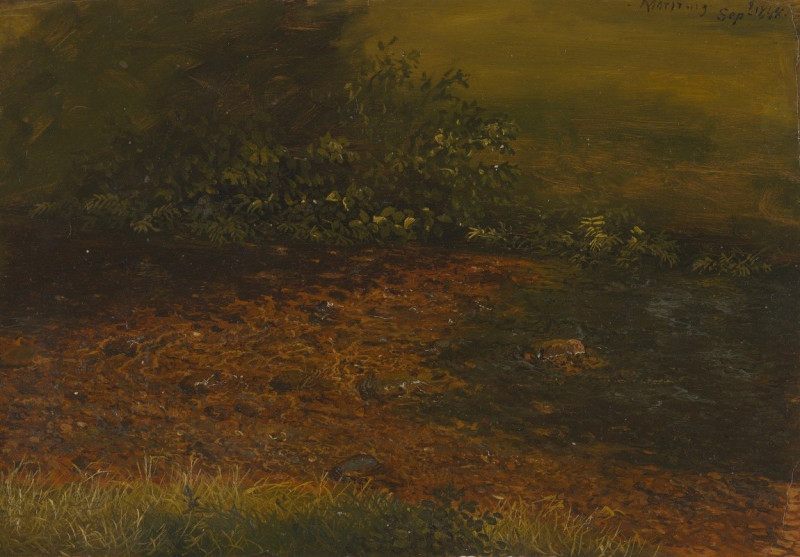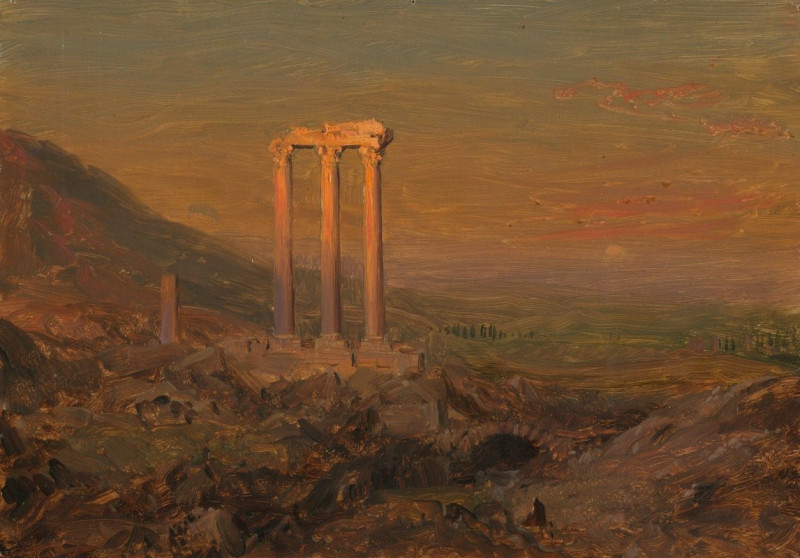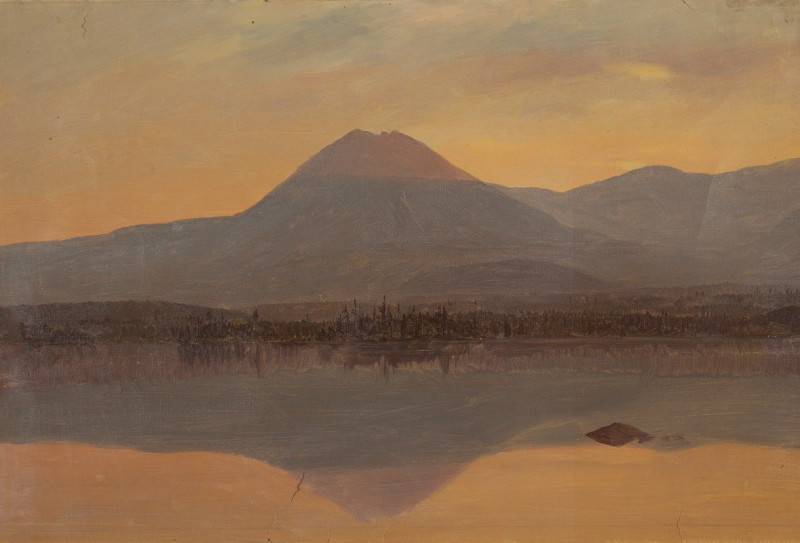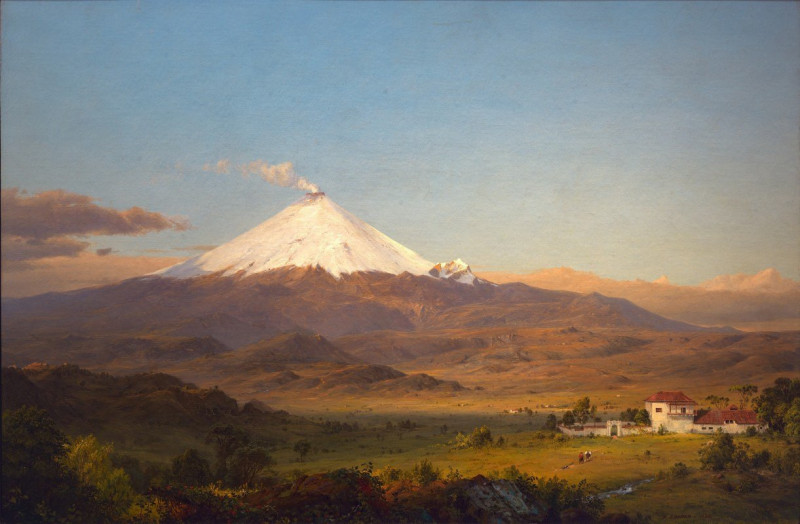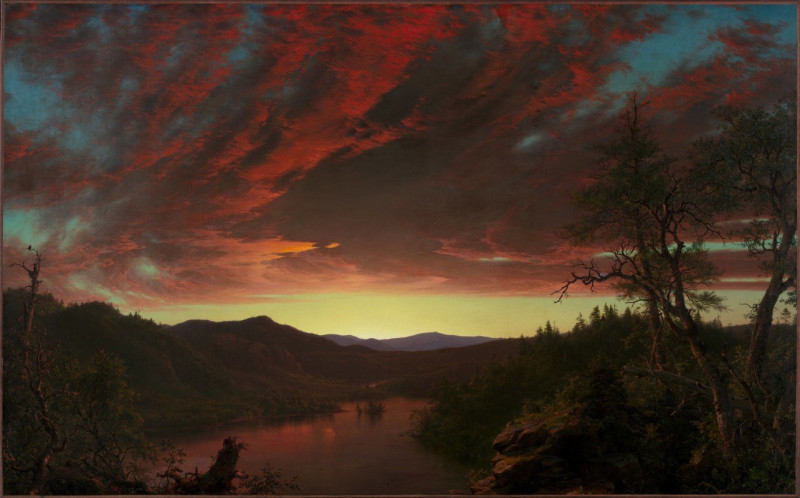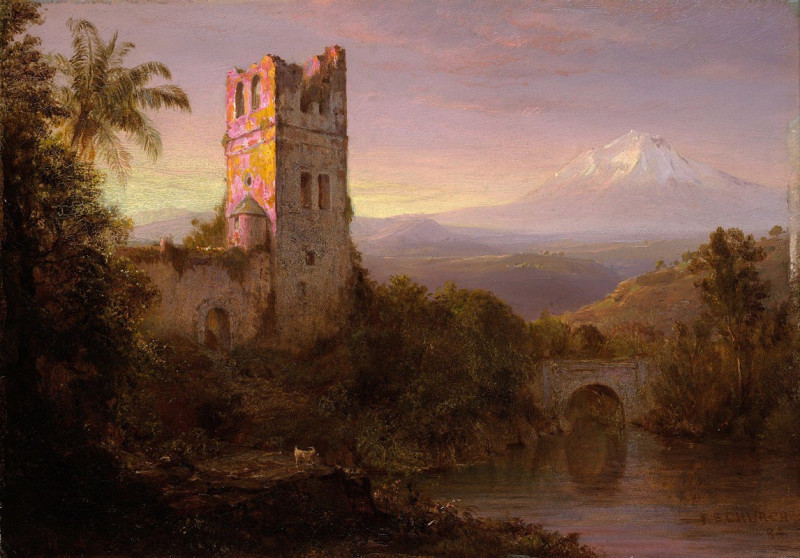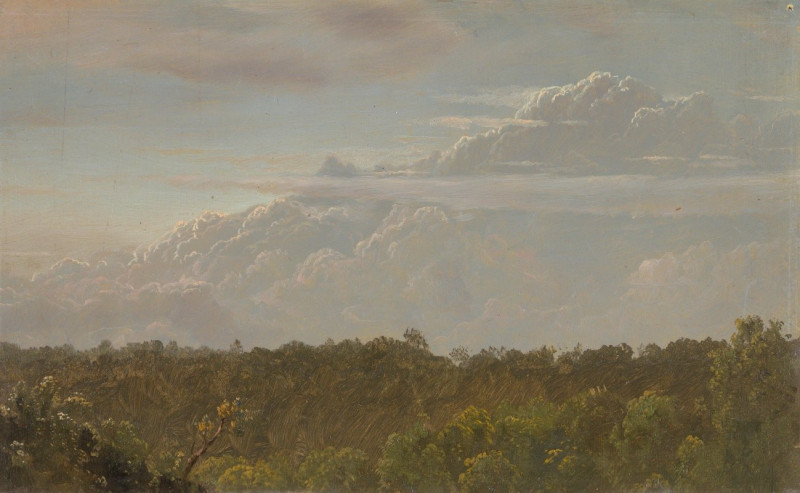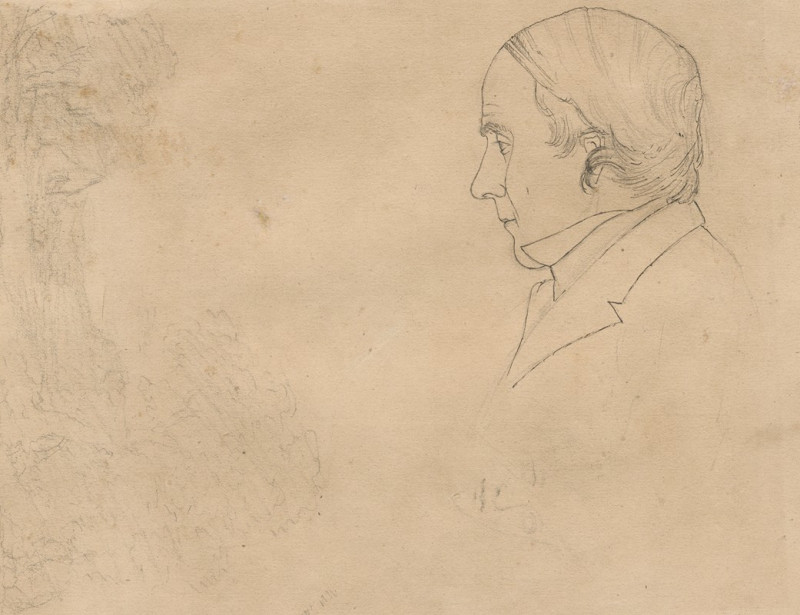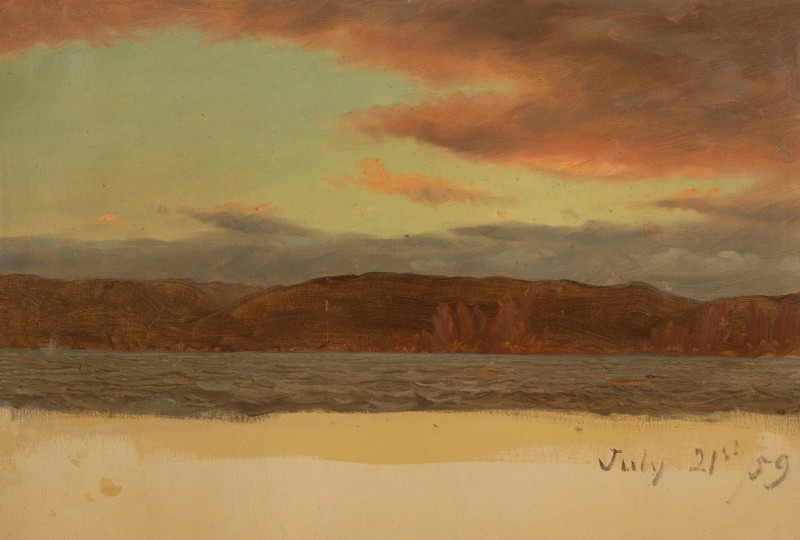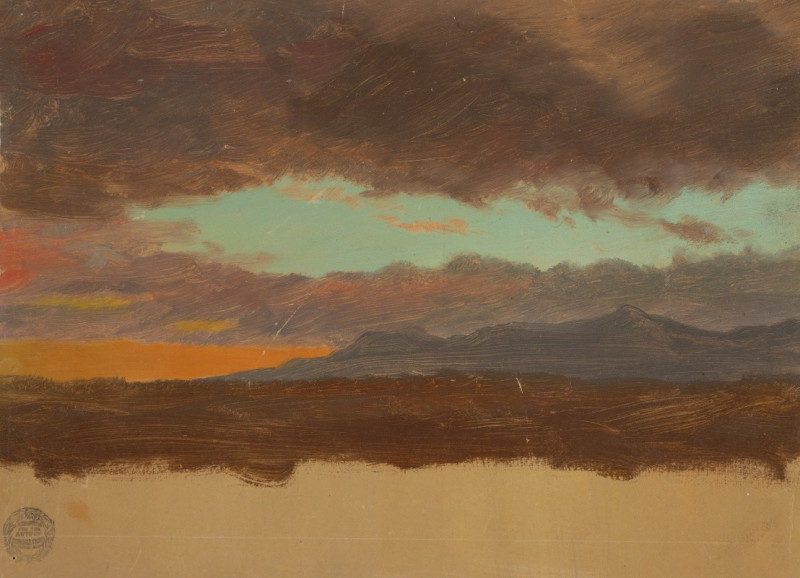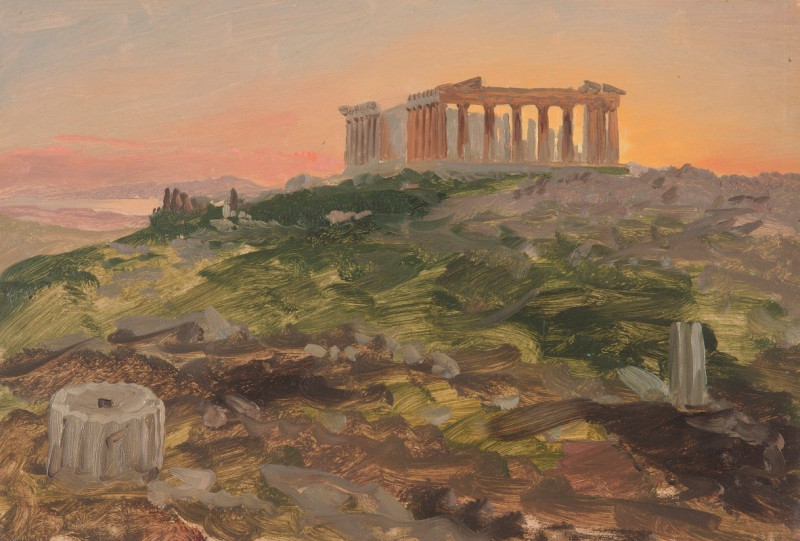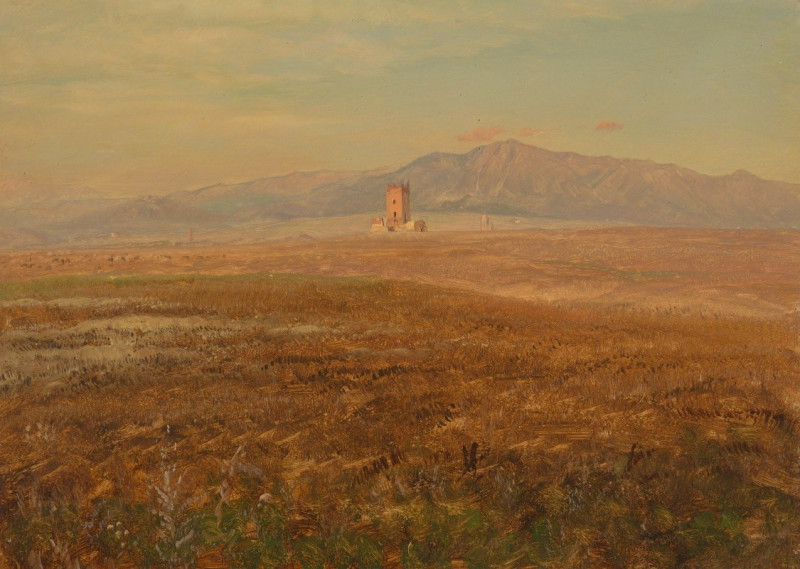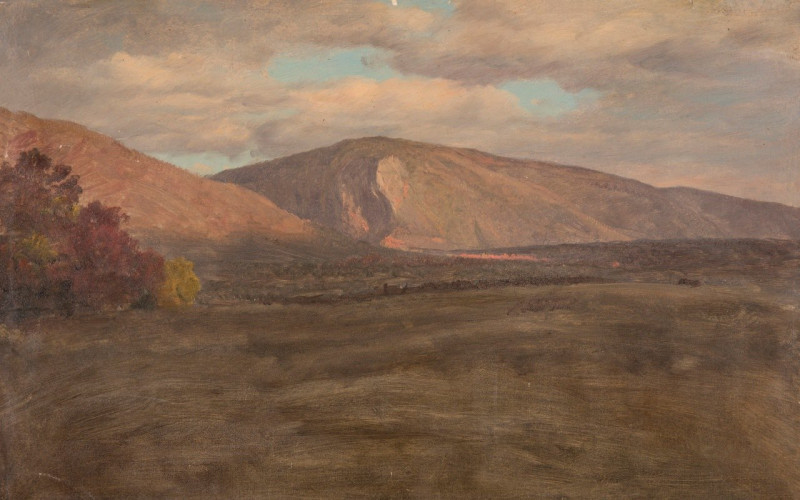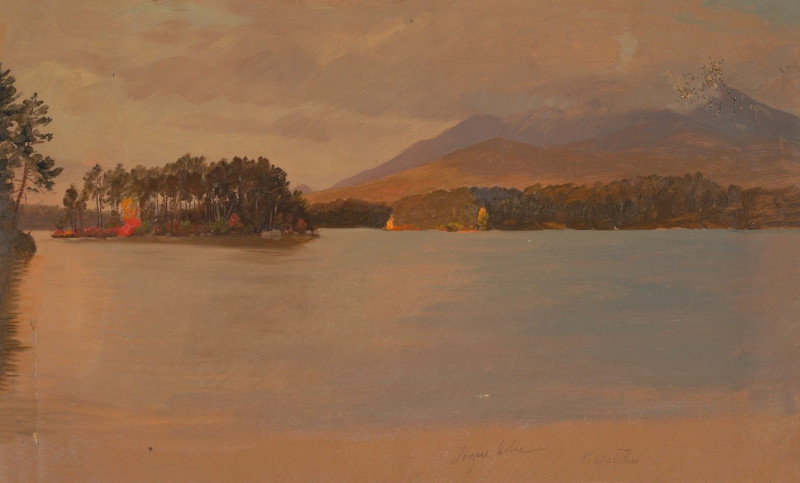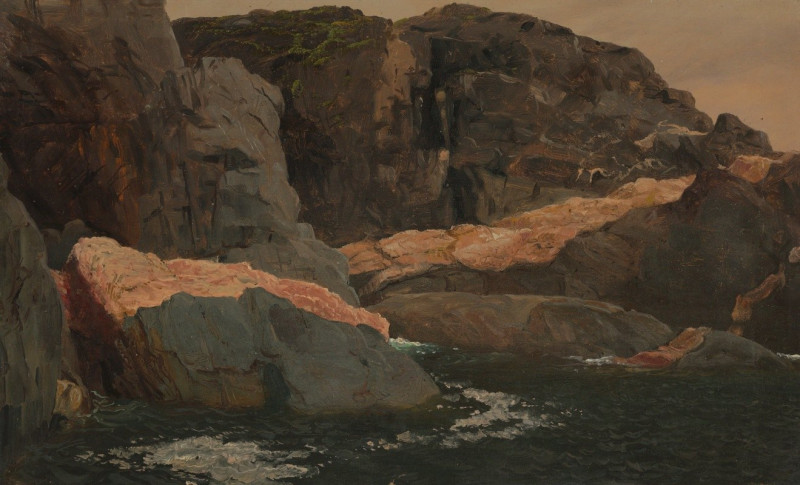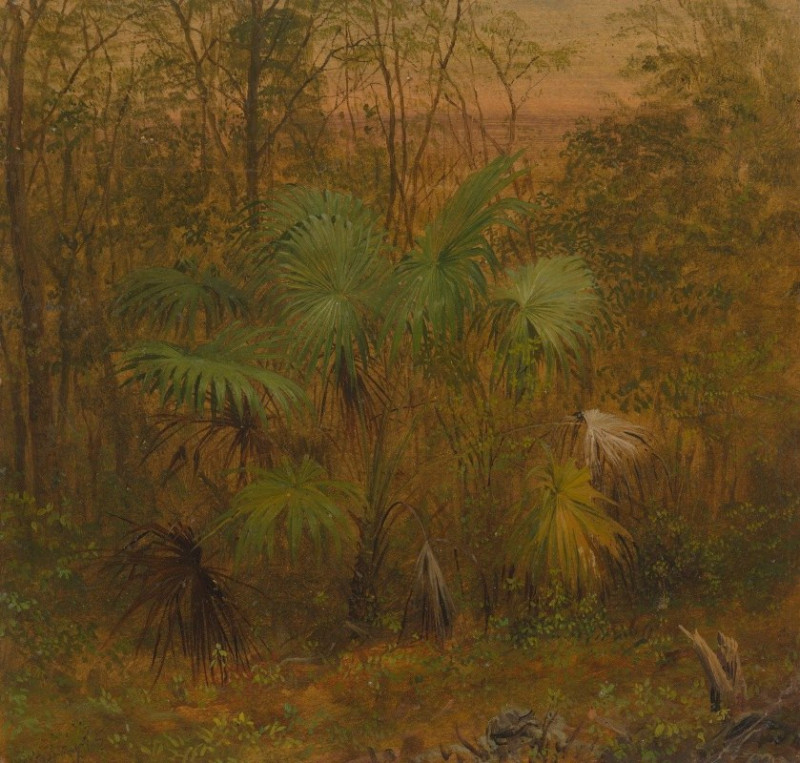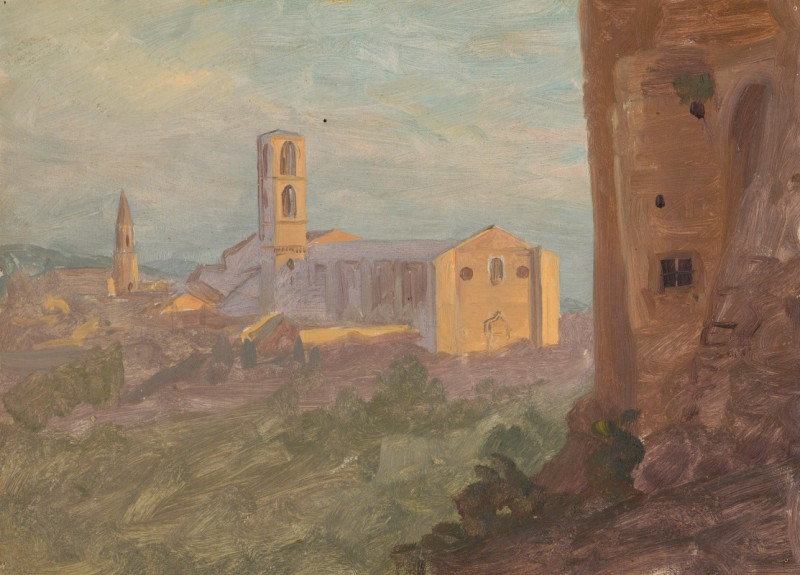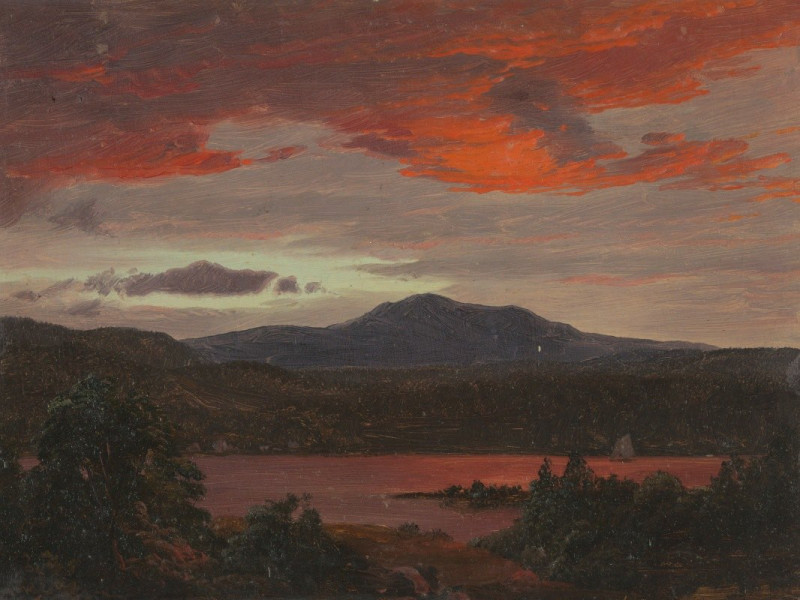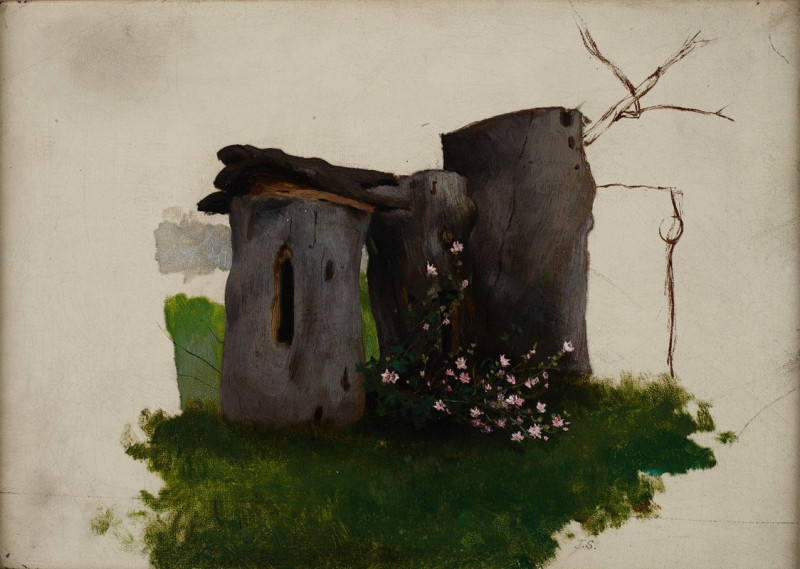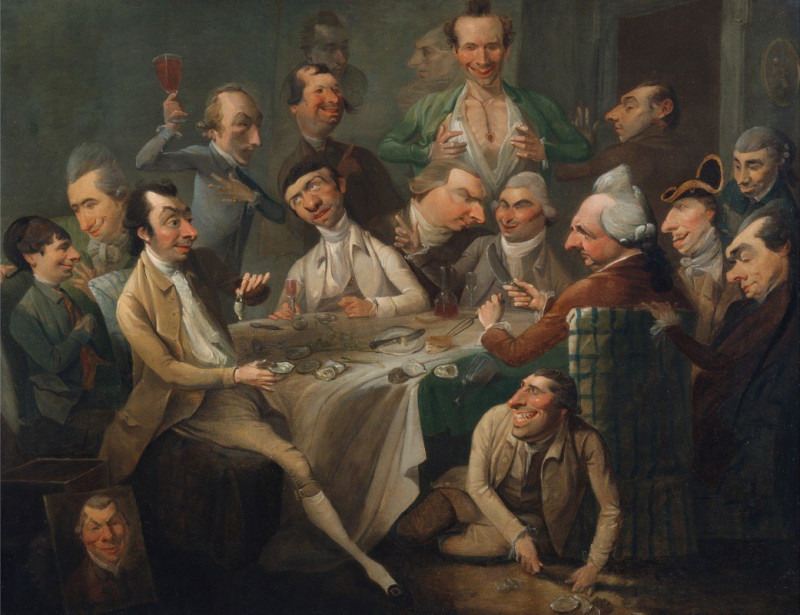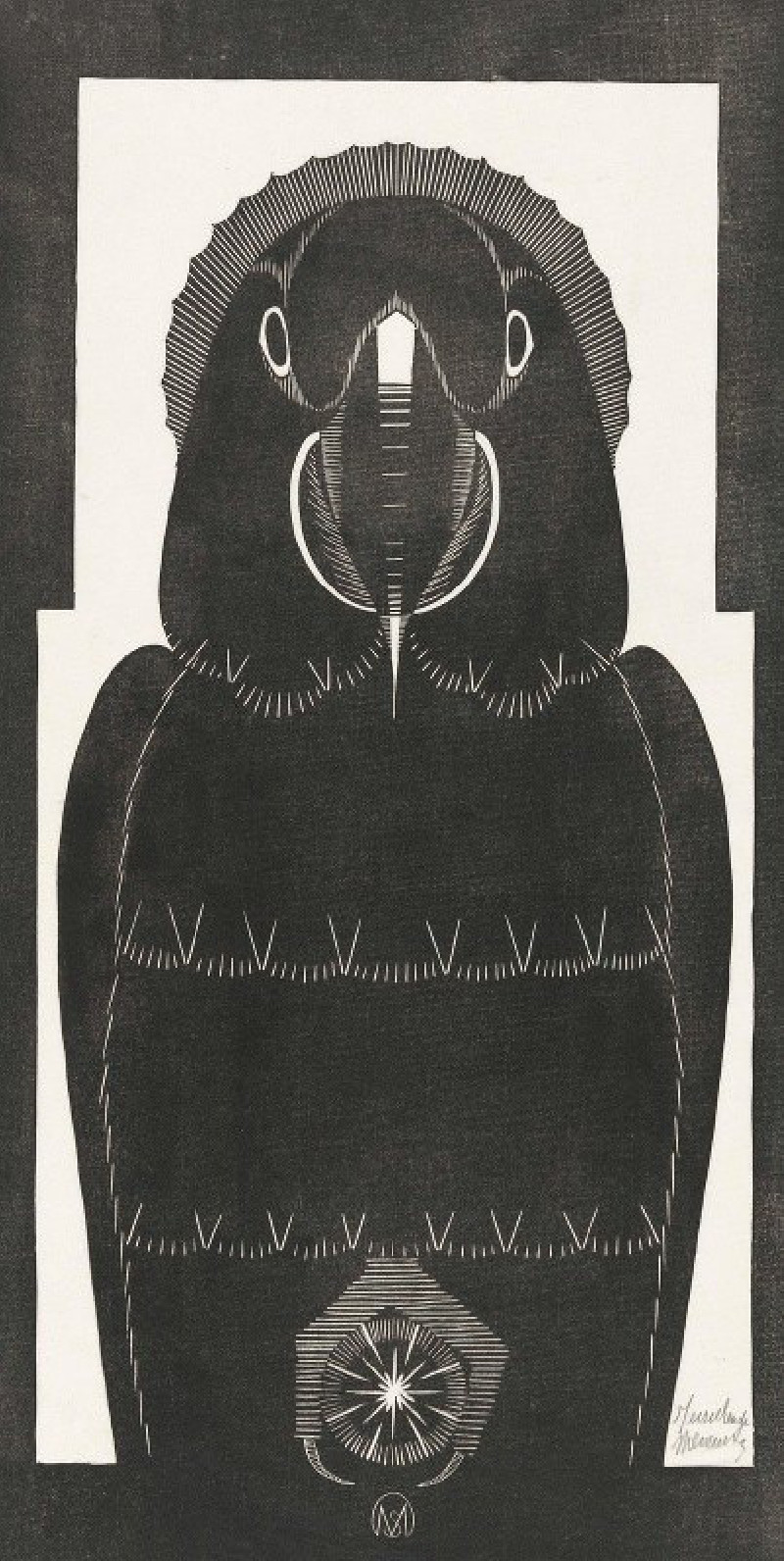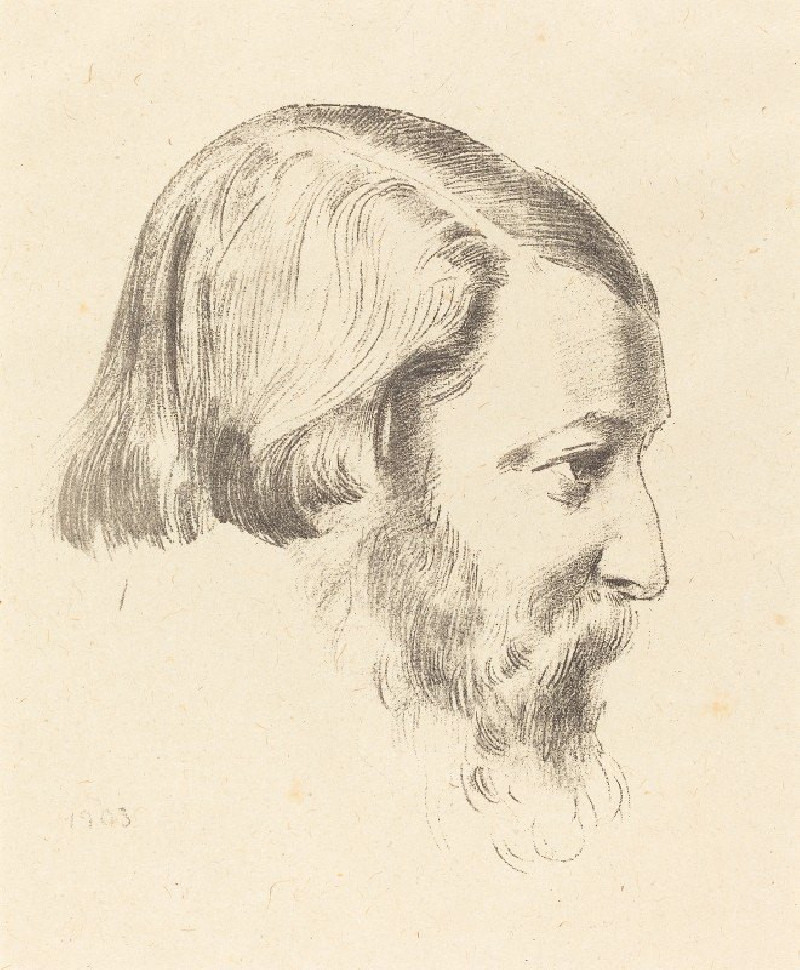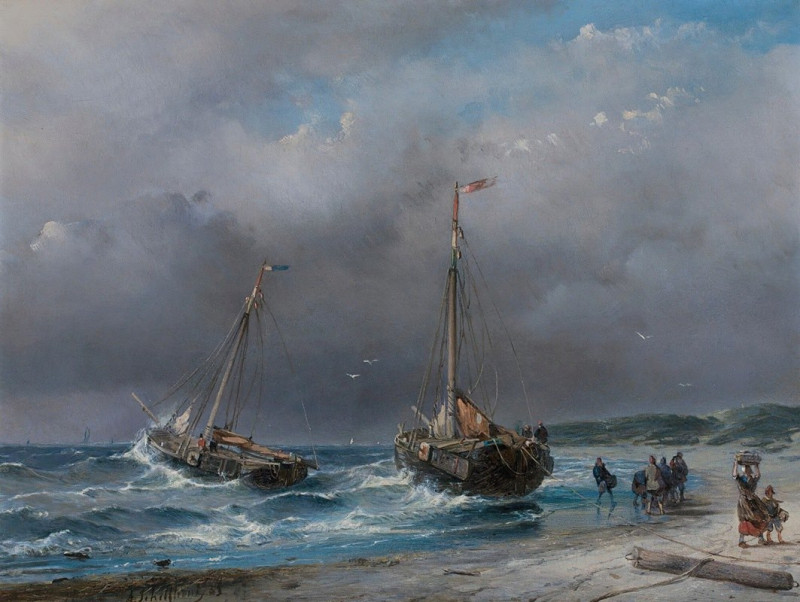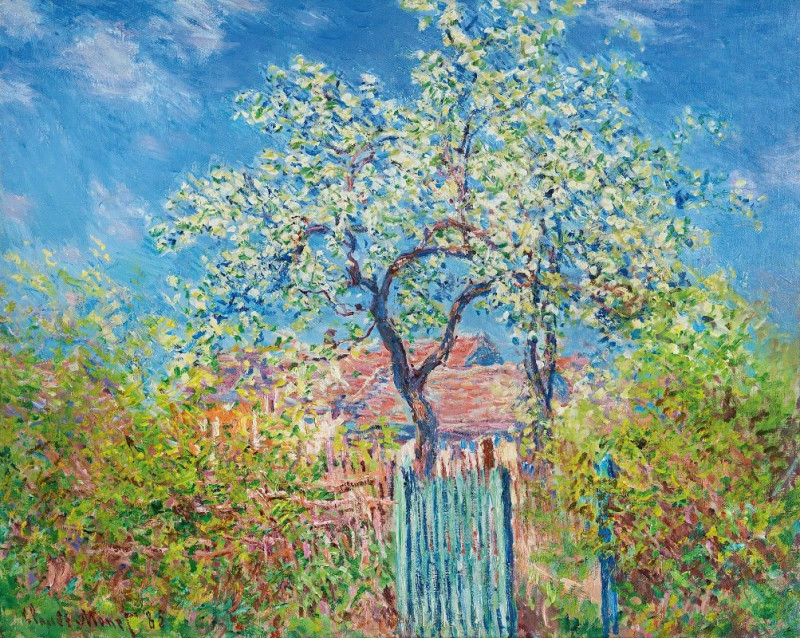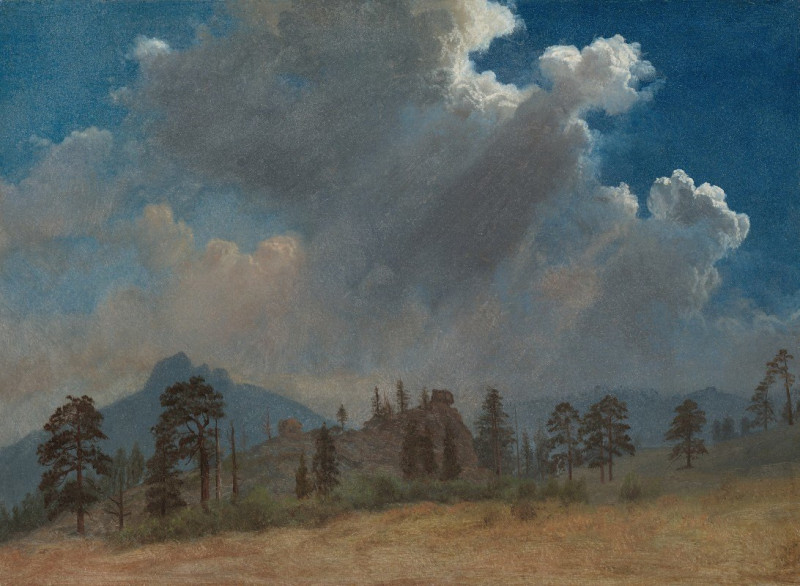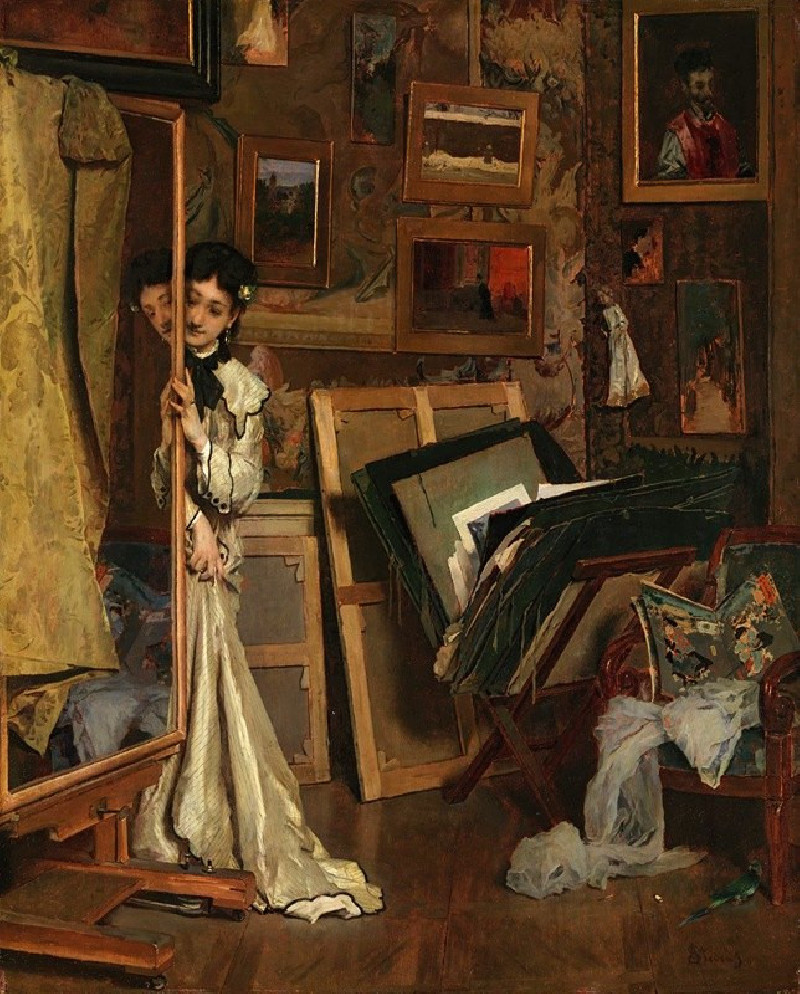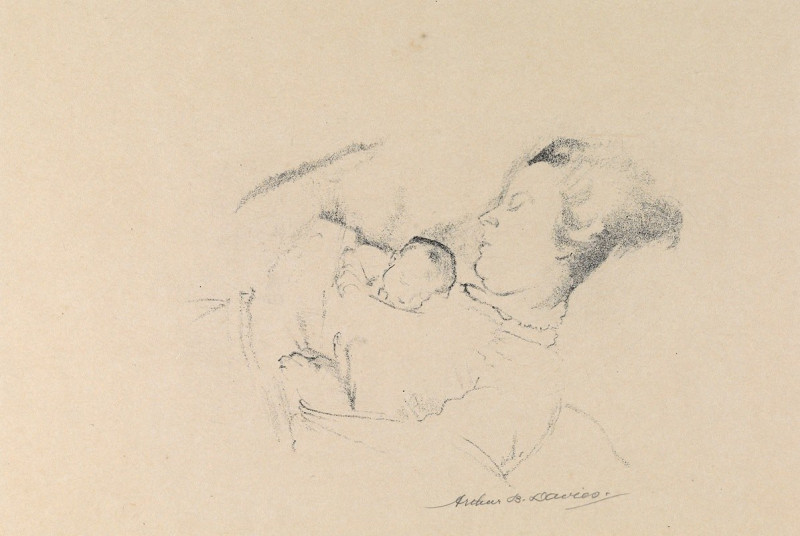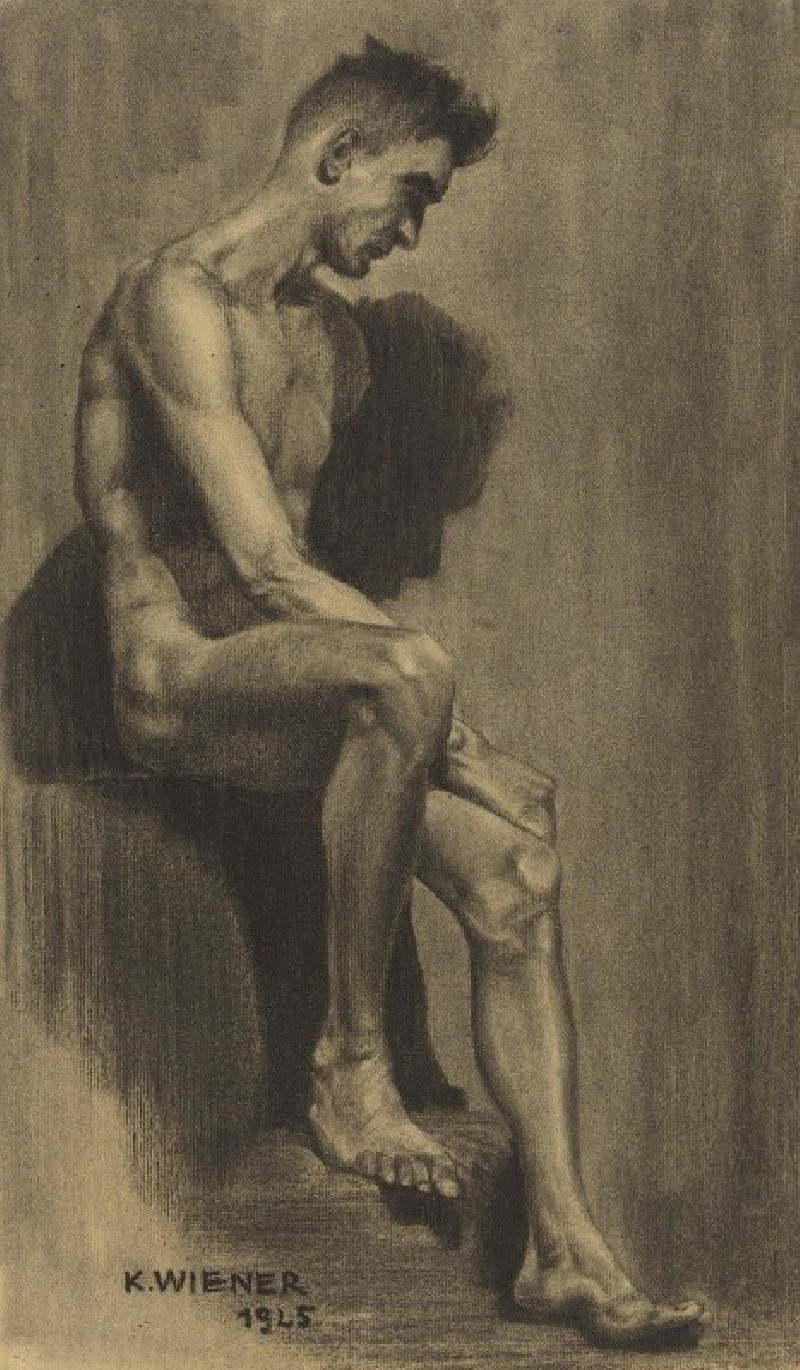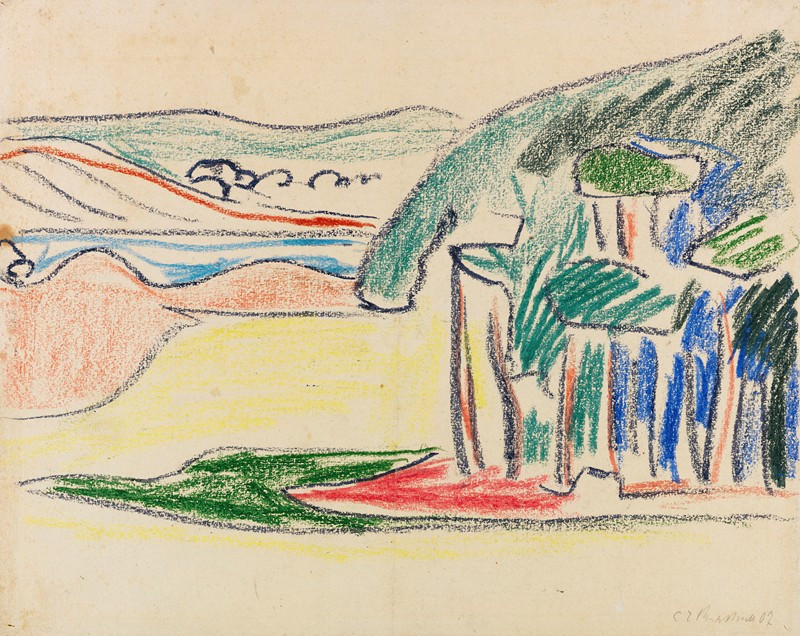Niagara (1857)
Technique: Giclée quality print
Recommended by our customers
More about this artwork
Frederic Edwin Church's masterpiece "Niagara," painted in 1857, captivates viewers with its breathtaking depiction of one of North America’s most iconic natural wonders, Niagara Falls. This panoramic landscape not only showcases Church’s meticulous attention to detail but also his profound ability to capture the raw power and beauty of nature.The painting presents a near horizontal view of the falls, emphasizing the expansive curtain of water that stretches across the canvas. The crisp, vivid blues and whites of the cascading water contrast dramatically with the subdued tones of the sky above, which is filled with moody, storm-laden clouds and a faint hint of a rainbow—perhaps symbolizing a moment of tranquility amidst the overwhelming force.In the foreground, the churning, turbulent waters of the Niagara River draw the eye towards the precipice where the water plunges powerfully. Tiny details such as the driftwood caught in the current add a sense of scale and the ferocious speed at which the waters travel.Church’s work is celebrated for its detail, romantic appeal, and its ability to transport viewers to sublime natural settings. "Niagara" is more than a visual representation; it is an immersive experience that conveys the awe-inspiring emotions that the grandeur of nature can evoke.
Delivery
Returns
Frederic Edwin Church (May 4, 1826 – April 7, 1900) was an American landscape painter born in Hartford, Connecticut. He was a central figure in the Hudson River School of American landscape painters, best known for painting large landscapes, often depicting mountains, waterfalls, and sunsets. Church's paintings put an emphasis on realistic detail, dramatic light, and panoramic views. He debuted some of his major works in single-painting exhibitions to a paying and often enthralled audience in New York City. In his prime, he was one of the most famous painters in the United States.



